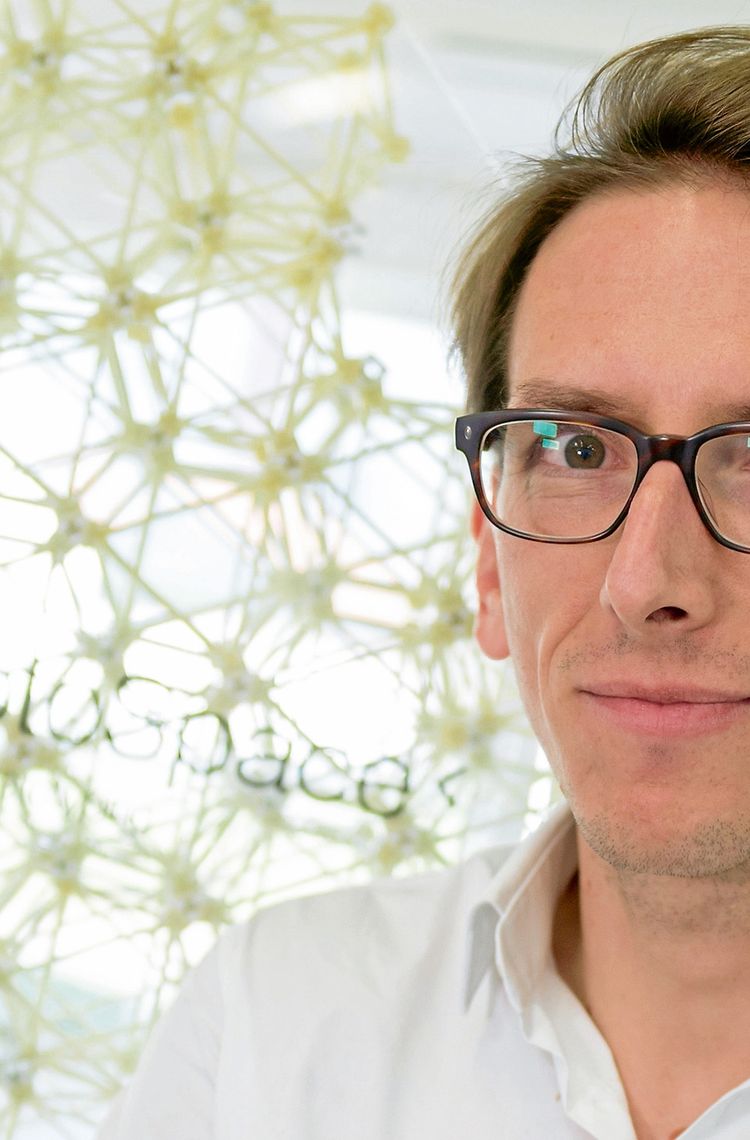Airbus’ ProtoSpace facilities provide the environment, means and tools to develop disruptive concepts and accelerate the pace of innovation. Founder Vincent Loubière says his team are “shooting for the moon to make the world a better place.”
Vincent Loubière: Exploring the future
“ProtoSpace embodies agility,” says Vincent Loubière. “We can move from concept to demonstrator quickly.” The ‘agility’ method is modelled on proven successes in the computer industry but the ProtoSpace team also works with automotive and communications blue-chips, as well as start-ups whose creations could have applications in aerospace.
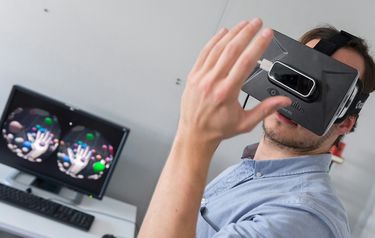
ProtoSpace also helps Airbus manage risk associated with new developments by producing large-scale prototypes – notably for the installation of A320 Family Sharklet wingtip devices.
For example, the Airbus team is looking at using off-the-shelf virtual reality devices to expand a pilot’s field of vision during taxiing, and collaborating with the Massachusetts Institute of Technology (MIT) to explore new ‘digital’ materials. A number of ProtoSpace concepts are already under consideration for use on commercial aircraft. Furthermore, as part of a new agreement signed with Google, the team will look into more modular open hardware platforms for aeronautical applications.
In its first year, 14,000 people attended meetings and workshops at ProtoSpace facilities, producing 2,800 prototypes.
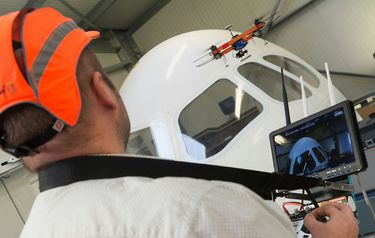
How to make almost anything
ProtoSpace is based on MIT’s Fab Lab digital fabrication workshops and Google’s hallmark flexible working environment. The aim is to be able to make ‘almost anything’ and then test it.
“It’s a question of tangibly and functionally representing ideas. When a concept is presented, people offer opinions, but if you put something concrete on the table, people really get involved, make constructive remarks and things progress faster,” Loubière explains.
ProtoSpace empowers people to do things for themselves. “The facility satisfies the urge to make something happen quickly,” Loubière enthuses. “I say to our users – ‘just do it!’”
ProtoSpace: An environment created to encourage innovation
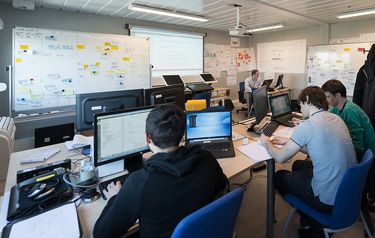
Where inspiration comes from
Each ProtoSpace room is named after a sci-fi hero or iconic innovator, “Someone who shot for the moon to make the world a better place,” as Vincent Loubière puts it. US engineer Douglas Engelbart is Loubière’s favourite. In a seminal 1968 conference he predicted many of the developments that have since defined human interaction with computers including the desktop, video conferences and even the mouse.
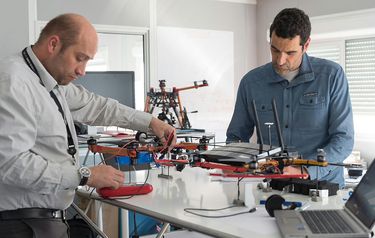
Place of wonders
ProtoSpace’s workshops are an Ali Baba’s cave of invention (such as the Toulouse workshop shown here). There’s a 3D printer here, a milling machine there. Cockpit mock-ups jockey for space with tailcones for ejectable beacon trials, lightweight drones to inspect aircraft in final assembly and 360-degree virtual reality goggles that can relay real-time video of an aircraft’s exterior to the flight crew. There’s a sidestick attached to a prototype actuator to control the rudder instead of the pedals in use today.
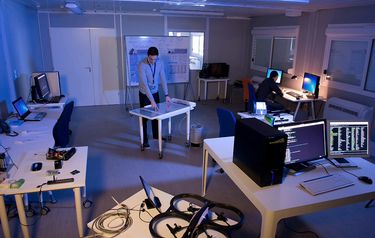
Across the world
Airbus’ Emergency Technologies and Concepts team runs four ProtoSpaces in Europe and more are planned across the world. Each facility specialises in the areas of expertise of its host country: fuel systems, wings, landing gear for the UK, cabin for Germany and tail planes for Spain, as well as field requests from across the business. These ProtoSpaces have additional capabilities such as a large hangar (pictured here) in Filton that can host full-size wings.
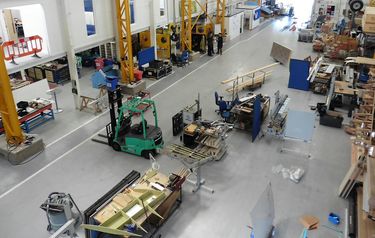
Empowering the engineers
Alongside the workshop and manufacturing tools, the facilities in Toulouse host both an IT/electronics and integration lab. This entire environment has been conceived to reinforce the engineering spirit. Its aim is to better empower people to do things for themselves, while also offering a place in which they can engage actively with start-ups from around the world and bring innovation to the aircraft more quickly.
Marc Stephens
